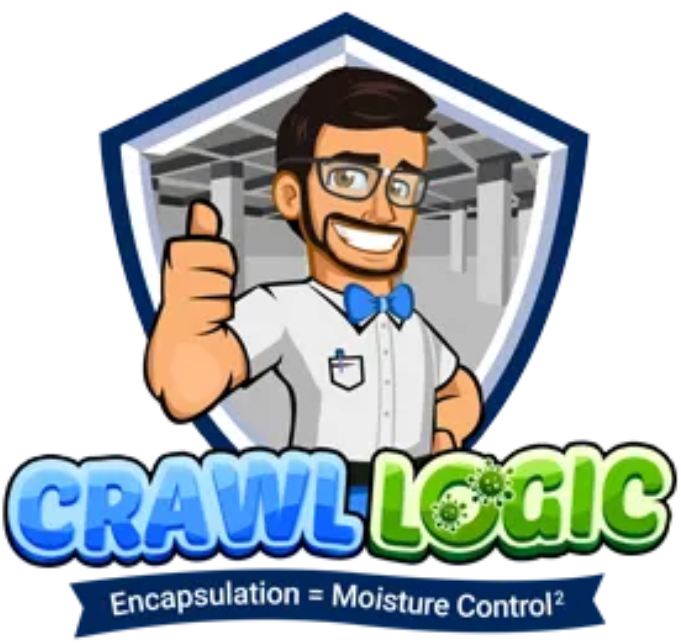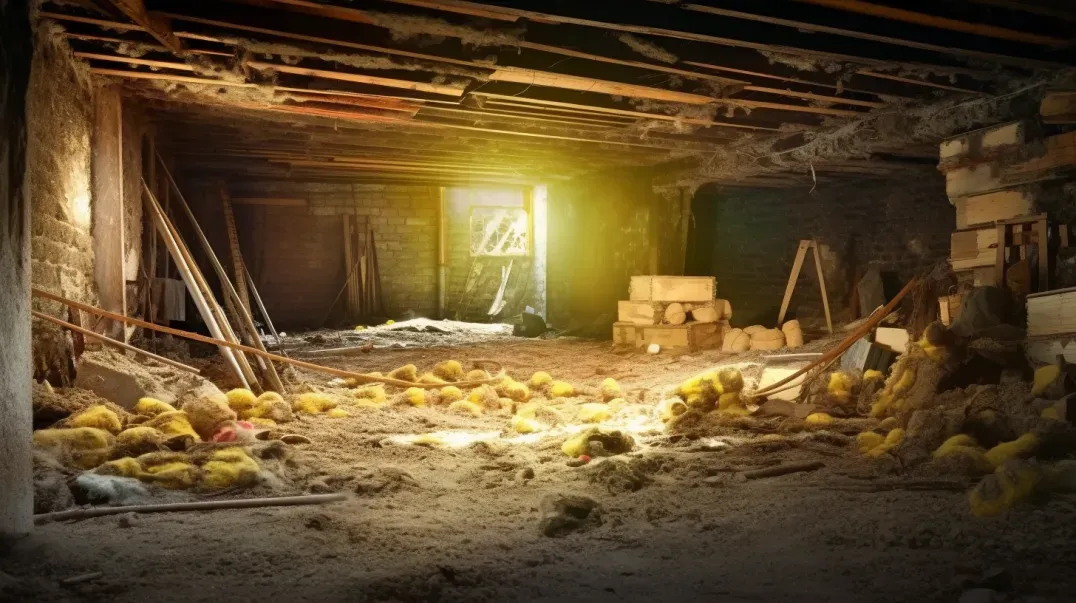
In the quest for a healthier living space, homeowners are increasingly turning to encapsulation as a pivotal strategy to protect and enhance their indoor environment. Encapsulation, a process that involves sealing off crawl spaces or basements from external elements, has emerged as a cornerstone of modern home maintenance. But why is this practice gaining such traction, and how does it contribute to a healthier home?
Encapsulation goes beyond mere moisture control; it is a comprehensive approach that addresses several key factors affecting indoor air quality and the overall health of a home's inhabitants. By creating a barrier against humidity, pests, and outdoor pollutants, encapsulation works to safeguard the structural integrity of the property while significantly improving the air within. This protective measure not only prevents common issues such as mold growth and wood rot but also enhances energy efficiency, leading to a more comfortable and cost-effective living environment.
This blog delves into the essence of home encapsulation, exploring its benefits and the mechanisms by which it promotes a healthier, more sustainable living space. From the science behind moisture control to the advantages of creating a sealed environment, we'll uncover the reasons encapsulation is considered an essential practice for homeowners dedicated to maintaining the highest standards of health and comfort in their homes.
Join us as we navigate the ins and outs of encapsulation, shedding light on its importance and the transformative impact it can have on your living environment. Whether you're a seasoned homeowner or new to the concept, understanding the role of encapsulation can empower you to make informed decisions that ensure your home remains a safe, healthy haven for years to come.
The Evolution of Encapsulation Maintenance Tools
The journey from traditional encapsulation maintenance methods to the adoption of modern tools and technologies marks a significant leap forward in how homeowners and professionals preserve the health and integrity of homes. This evolution reflects broader technological advancements, offering a fascinating glimpse into the future of home maintenance. Through this exploration, we'll understand how these changes have not only simplified maintenance tasks but also enhanced the effectiveness of encapsulation as a whole.
Traditional vs. Modern Maintenance Approaches
Overview of Traditional Encapsulation Maintenance Methods:
Traditionally, maintaining encapsulated spaces like crawl spaces and basements involved manual inspections and basic tools. Moisture meters, visual inspections for mold or dampness, and physical checks for air leaks constituted the extent of maintenance practices. These methods, while effective to a degree, relied heavily on the experience and intuition of the homeowner or professional, often leading to overlooked issues until they became significant problems.
How Modern Tools and Technologies Have Revolutionized Maintenance Practices:
The advent of modern tools and technologies has dramatically transformed encapsulation maintenance. Innovations such as smart moisture sensors, thermal imaging cameras, and automated ventilation systems now allow for real-time monitoring of encapsulated spaces. These tools can detect subtle changes in humidity, temperature, and air quality that might indicate emerging issues, long before they become visible or cause damage. Furthermore, modern encapsulation materials themselves have evolved, incorporating antimicrobial properties and improved durability, reducing the frequency and extent of maintenance required.
Benefits of Using Advanced Tools
Increased Efficiency and Accuracy:
Modern maintenance tools offer a level of efficiency and accuracy that was previously unattainable. Thermal imaging, for example, can quickly identify areas of energy loss or moisture intrusion without invasive inspections. Similarly, smart sensors can continuously monitor conditions, providing data that can predict potential issues before they escalate.
Time-Saving and Cost-Effective Solutions:
The use of advanced tools in encapsulation maintenance not only saves time by making inspections quicker and less labor-intensive but also proves to be cost-effective in the long run. Early detection of problems such as leaks or insulation failures can prevent expensive repairs and energy waste. Additionally, the data collected by these tools can help homeowners make informed decisions about upgrades or adjustments to their encapsulation systems, optimizing their investment and enhancing the overall energy efficiency of their homes.
Cutting-Edge Tools for Encapsulation Inspection
The maintenance of encapsulated spaces, such as crawl spaces and basements, is vital for preserving a home's structural integrity and indoor air quality. Advances in technology have introduced cutting-edge tools that significantly improve the detection and diagnosis of issues within these spaces. This guide explores the use of moisture meters and hygrometers, alongside thermal imaging cameras, detailing their applications, benefits, and tips for effective use.
Moisture Meters and Hygrometers
Description and Uses of Moisture Meters and Hygrometers in Detecting Humidity Levels:
- Moisture Meters: These devices measure the moisture content in various materials, including wood, drywall, and concrete, helping to pinpoint areas of excessive moisture that could lead to mold growth or structural damage.
- Hygrometers: Hygrometers assess the relative humidity in the air, providing valuable data on the moisture levels within encapsulated spaces. High humidity readings can indicate inadequate ventilation or the presence of water intrusion.
Tips for Selecting and Using These Tools Effectively:
- Selection: Choose tools that are suitable for the specific materials and conditions of your encapsulated space. Look for features like adjustable calibration settings for different material types and data logging capabilities.
- Usage: For moisture meters, ensure direct contact with surfaces for accurate readings. Place hygrometers away from direct moisture sources for a representative humidity level of the space. Regular monitoring can help track changes over time and identify potential issues early.
Thermal Imaging Cameras
How Thermal Imaging Can Identify Hidden Problems Like Moisture Intrusion and Insulation Gaps:
Thermal imaging cameras visualize temperature differences in surfaces, making them invaluable for identifying areas where moisture intrusion or inadequate insulation may be causing energy loss. Cold spots can indicate moisture presence, while inconsistent temperature patterns may reveal gaps in insulation.
Practical Tips for Interpreting Thermal Imaging Results:
- Understanding Color Schemes: Familiarize yourself with the camera's color schemes, where cooler areas might be depicted in blue and warmer areas in red or yellow, to accurately interpret the images.
- Environmental Considerations: Perform inspections under appropriate environmental conditions. For example, detecting insulation gaps is more effective during colder weather when the temperature difference between the inside and outside is greater.
- Professional Insight: While thermal imaging can provide powerful insights, interpreting the results can be complex. Consider consulting with a professional for a comprehensive analysis, especially when significant issues are detected.
Advanced Technologies for Ongoing Maintenance
The maintenance of encapsulated spaces, such as crawl spaces and basements, is pivotal for preserving a home's structural integrity and indoor air quality. With advancements in technology, homeowners now have access to innovative tools that offer more precise control and monitoring of these critical areas. This guide explores the use of smart sensors and IoT devices for continuous monitoring, alongside the benefits of automated dehumidifiers and smart ventilation systems, showcasing how technology is reshaping the approach to home maintenance.
Smart Sensors and IoT Devices
Overview of Smart Sensors for Monitoring Encapsulated Spaces:
Smart sensors are revolutionizing the way homeowners maintain encapsulated spaces by providing real-time data on temperature, humidity, and air quality. These sensors can detect subtle changes in environmental conditions, alerting homeowners to potential issues before they escalate.
Integration of IoT Devices for Real-Time Monitoring and Alerts:
- Real-Time Data: IoT devices can send instant data to your smartphone or computer, allowing for continuous monitoring of environmental conditions.
- Alerts: Receive notifications for any changes that could indicate a problem, such as increased humidity levels, enabling prompt action to prevent moisture damage or mold growth.
- Integration: Many IoT devices can be integrated with other home automation systems, creating a cohesive network that simplifies the management of your home's environment.
Automated Dehumidifiers and Ventilation Systems
The Role of Automated Dehumidifiers in Maintaining Optimal Humidity:
Automated dehumidifiers play a crucial role in controlling humidity levels in encapsulated spaces. Equipped with sensors, these dehumidifiers can automatically adjust their operation based on the current humidity levels, ensuring the space remains within the ideal moisture range.
Benefits of Smart Ventilation Systems in Regulating Air Flow:
- Customizable Control: Smart ventilation systems can adjust airflow based on real-time data, improving air quality and reducing the risk of moisture-related issues.
- Energy Efficiency: By optimizing ventilation based on need, these systems can reduce energy consumption, contributing to lower utility bills and a smaller carbon footprint.
- Enhanced Comfort: Regulating airflow helps maintain consistent temperatures throughout the home, enhancing overall comfort for occupants.
Emerging Trends in Encapsulation Maintenance
The maintenance of encapsulated spaces, such as crawl spaces and basements, is witnessing a transformative shift thanks to advancements in technology. Emerging trends, particularly the use of AI and machine learning for predictive maintenance and the incorporation of eco-friendly technologies, are paving the way for more efficient, effective, and sustainable maintenance practices. This guide explores these trends, offering insights into how they're shaping the future of encapsulation maintenance.
AI and Machine Learning in Predictive Maintenance
The Potential of AI in Predicting Maintenance Needs and Preventing Issues:
Artificial Intelligence (AI) and machine learning are revolutionizing encapsulation maintenance by enabling predictive maintenance strategies. These technologies can analyze data from various sensors within encapsulated spaces to predict potential issues before they become problematic. By learning from patterns of temperature, humidity, and air quality over time, AI can forecast maintenance needs, allowing for preemptive action to avoid damage and deterioration.
Examples of AI-driven Maintenance Tools and Their Advantages:
- Smart Moisture Detectors: These tools use AI to analyze humidity trends, predicting potential moisture buildup and recommending the best times for dehumidifier operation.
- AI-based Thermal Mapping: Software that interprets data from thermal imaging cameras, identifying subtle changes that may indicate insulation failures or moisture intrusion, often long before these issues are visible or cause damage.
- Predictive Air Quality Monitors: Devices that not only track air quality in real-time but also predict future air quality issues based on ongoing data analysis, suggesting ventilation adjustments as needed.
The advantages of AI-driven tools include enhanced accuracy in detecting issues, the ability to prevent costly repairs through early intervention, and overall improved efficiency in maintaining encapsulated spaces.
Eco-Friendly and Sustainable Maintenance Technologies
Innovations That Not Only Maintain Encapsulated Spaces but Also Promote Sustainability:
Sustainability is becoming increasingly important in home maintenance, with a growing emphasis on using technologies that not only preserve the integrity of encapsulated spaces but also minimize environmental impact. Innovations in this area include biodegradable and non-toxic materials for moisture barriers and insulation, as well as energy-efficient dehumidifiers and ventilation systems that reduce power consumption.
The Role of Green Technologies in the Future of Encapsulation Maintenance:
Eco-friendly technologies are set to play a pivotal role in the future of encapsulation maintenance. By reducing the reliance on chemical treatments and lowering energy use, these technologies not only support the health of the home environment but also contribute to broader environmental sustainability goals. Future trends may include the integration of solar-powered ventilation systems, the use of recycled materials in vapor barriers and insulation, and the development of smart systems that optimize energy use across the entire home.
Software and Apps for Maintenance Management
The digital revolution has made its way into home maintenance, offering homeowners sophisticated yet user-friendly tools to manage the upkeep of their encapsulated spaces. From digital logs that track maintenance history to analytical tools that assess the performance of encapsulated areas, technology is making it easier than ever to maintain a healthy, efficient home.
Digital Maintenance Logs and Reminders
Using Software and Apps for Scheduling and Tracking Maintenance Tasks:
Modern software and apps allow homeowners to schedule regular maintenance tasks, set reminders, and track the completion of each task. These digital tools can store historical data on past maintenance activities, providing a comprehensive view of a home's maintenance history.
Features of Popular Home Maintenance Apps:
- Task Scheduling and Reminders: Set up a customized maintenance calendar with automated reminders for upcoming tasks.
- Digital Logs: Keep detailed records of maintenance activities, including dates, notes, and photos.
- Inventory Management: Track warranty information, model numbers, and purchase dates for home appliances and systems.
Analytical Tools for Performance Assessment
Tools for Analyzing Data Collected from Sensors and IoT Devices:
Advanced analytical tools can process data from smart sensors and IoT devices in encapsulated spaces, offering insights into humidity levels, temperature fluctuations, and air quality.
How to Use This Data to Optimize Maintenance Schedules and Practices:
- Identify Patterns: Analyze data trends to predict when maintenance tasks should be performed, potentially before issues arise.
- Customize Maintenance Plans: Tailor maintenance schedules based on the specific needs and conditions of your home, ensuring optimal efficiency and longevity of encapsulation materials.
Future Trends in Encapsulation Maintenance Technology
As technology continues to evolve, so too do the tools and methods for maintaining encapsulated spaces. The future promises even more innovative solutions, making maintenance more efficient and effective.
Emerging Innovations on the Horizon
Preview of Upcoming Technologies in the Field of Home Encapsulation:
Emerging technologies, such as AI-driven predictive maintenance and advanced moisture control systems, are set to redefine how homeowners approach the upkeep of their encapsulated spaces.
Potential Impact of These Innovations on Future Maintenance Practices:
These innovations could lead to more proactive maintenance strategies, minimizing the risk of damage and extending the lifespan of encapsulation materials. Additionally, they may offer more sustainable maintenance solutions, reducing the environmental impact of home upkeep.
Staying Informed and Adapting to New Technologies
Tips for Homeowners to Stay Updated with the Latest Trends:
- Follow Industry Blogs and Publications: Stay informed about the latest developments in home maintenance technology.
- Participate in Online Forums: Engage with other homeowners and professionals to share experiences and advice on new technologies.
Considerations When Integrating New Technologies into Existing Encapsulation Systems:
Compatibility: Ensure new technologies are compatible with your home's existing systems.
Cost vs. Benefit: Evaluate the long-term benefits of adopting new technologies against the initial investment.
FAQs
-
What are smart sensors?
Smart sensors are advanced devices that monitor environmental conditions such as humidity, temperature, and air quality in real-time, providing data to help maintain optimal conditions in encapsulated spaces.
-
Benefits of thermal imaging?
Thermal imaging cameras can detect variations in temperature within encapsulated spaces, identifying hidden issues like moisture intrusion, air leaks, and insulation gaps, allowing for targeted maintenance and repairs.
-
How do moisture meters work?
Moisture meters measure the moisture content in materials, helping to pinpoint areas with potential water damage or high humidity levels that could lead to mold growth and structural damage.
-
Can IoT devices improve maintenance?
Yes, Internet of Things (IoT) devices can connect various sensors and systems, enabling automated adjustments and alerts for real-time monitoring and maintenance, enhancing efficiency and preventing potential issues.
-
Why upgrade to automated dehumidifiers?
Automated dehumidifiers adjust their operation based on real-time humidity levels, maintaining optimal moisture conditions without manual intervention, preventing mold growth, and protecting structural integrity more effectively.
Contact Crawl Logic Today!
Crawl Logic will do everything we can to ensure your experience with us is excellent.
Request A FREE Estimate
We will get back to you as soon as possible.
Please try again later.
CHECKOUT RECENT POST
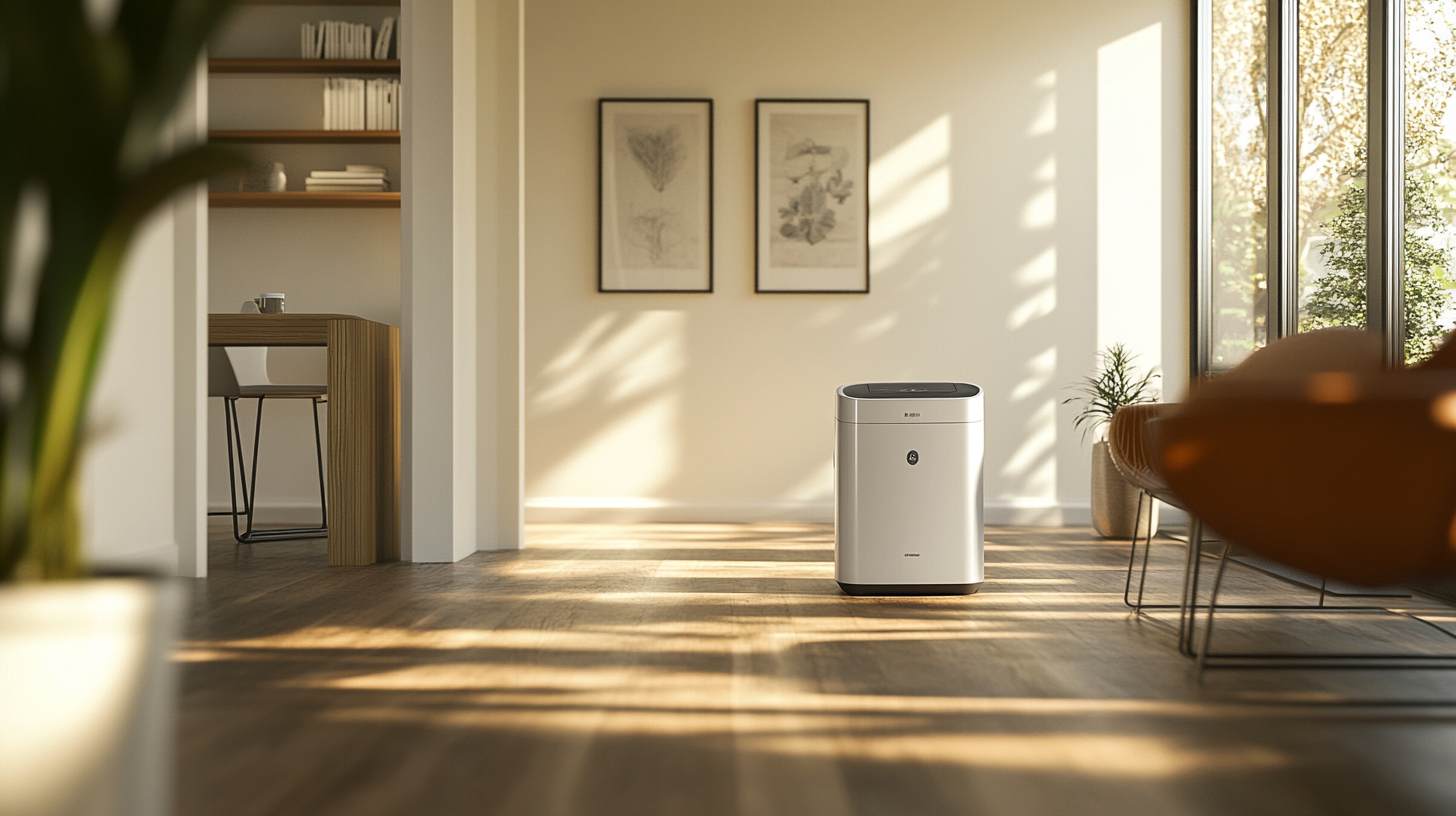
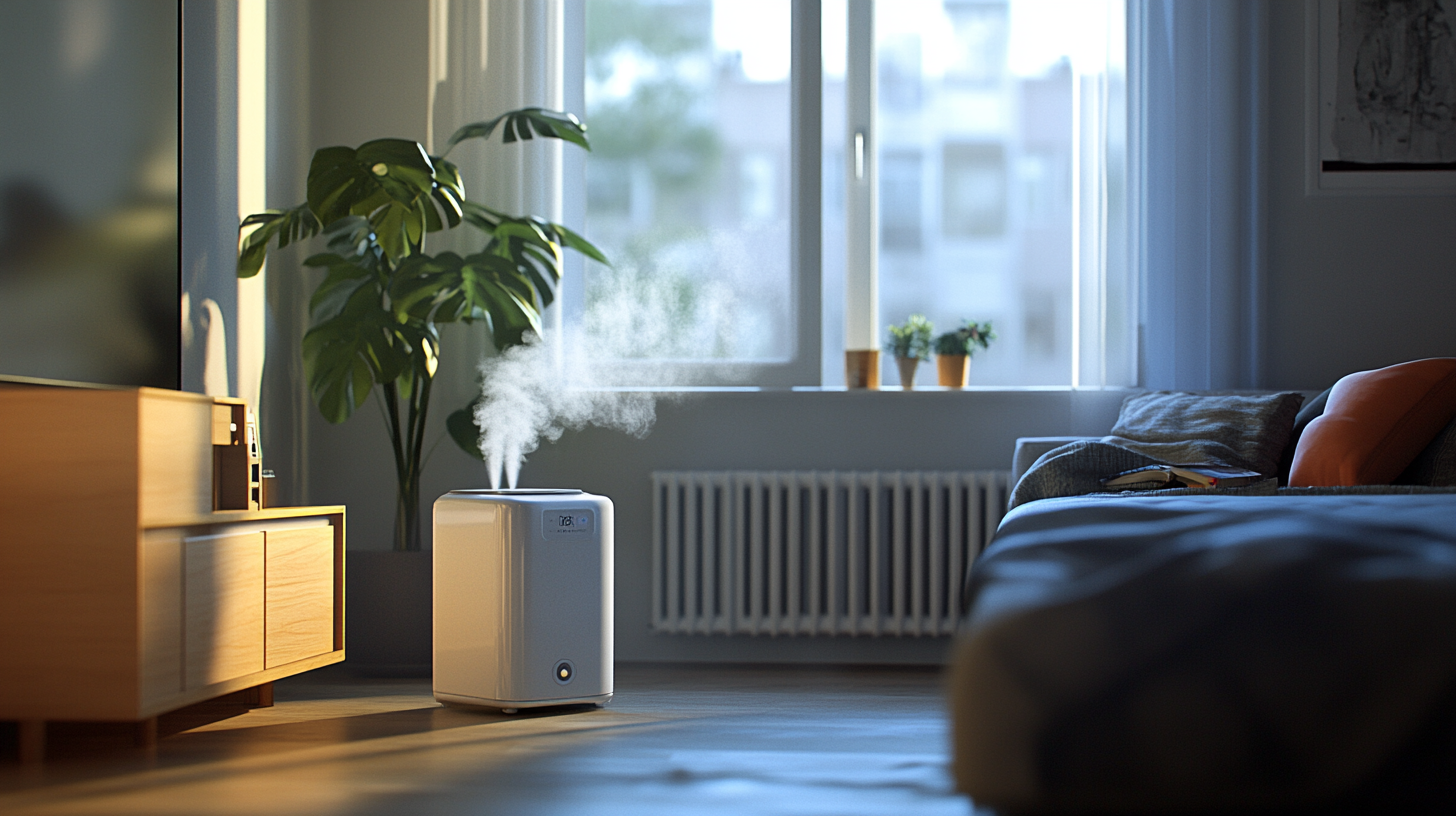
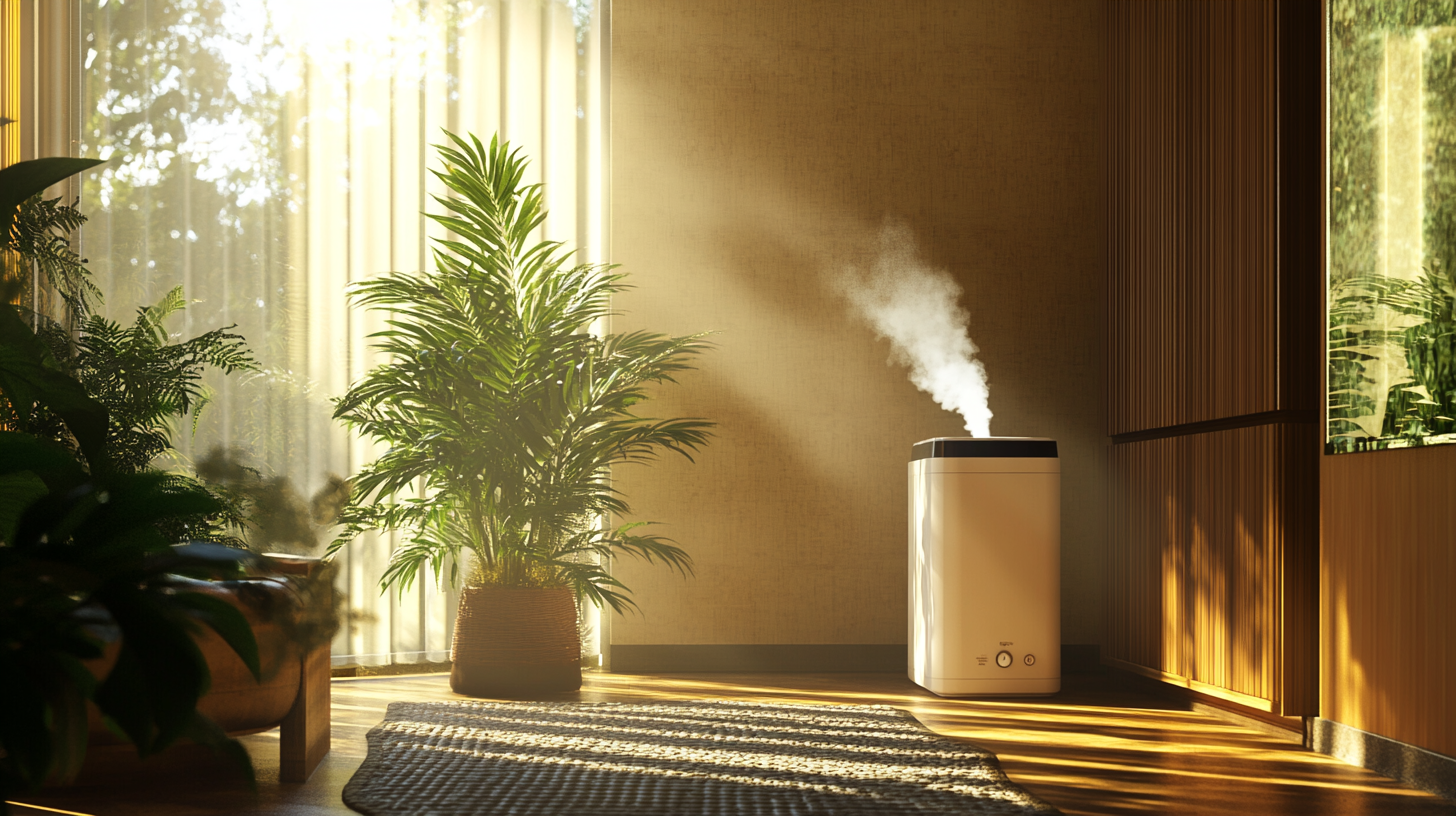
Schedule Your FREE Crawl Space Evaluation!
Did you know YOU DON'T HAVE TO BE HOME for us to provide you with your 100% FREE crawl space inspection and report?
CHOOSE THE BEST OPTION, CRAWL LOGIC!
Ready to Elevate Your Experience? Let's embark on a journey to success together! Our team is dedicated to delivering excellence and innovation tailored to your unique needs. Connect with us now to discover how our services can transform your vision into reality. Your next big leap starts here
HOURS
Monday: 8:00AM - 5:00PM
Tuesday: 8:00AM - 5:00PM
Wednesday: 8:00AM - 5:00PM
Thursday: 8:00AM - 5:00PM
Friday: 8:00AM - 5:00PM
Saturday: 8:00AM - 5:00PM
Sunday: 8:00AM - 5:00PM
Copyright © 2020 Crawl Logic - Franklin Crawl Space Encapsulation and Repair
